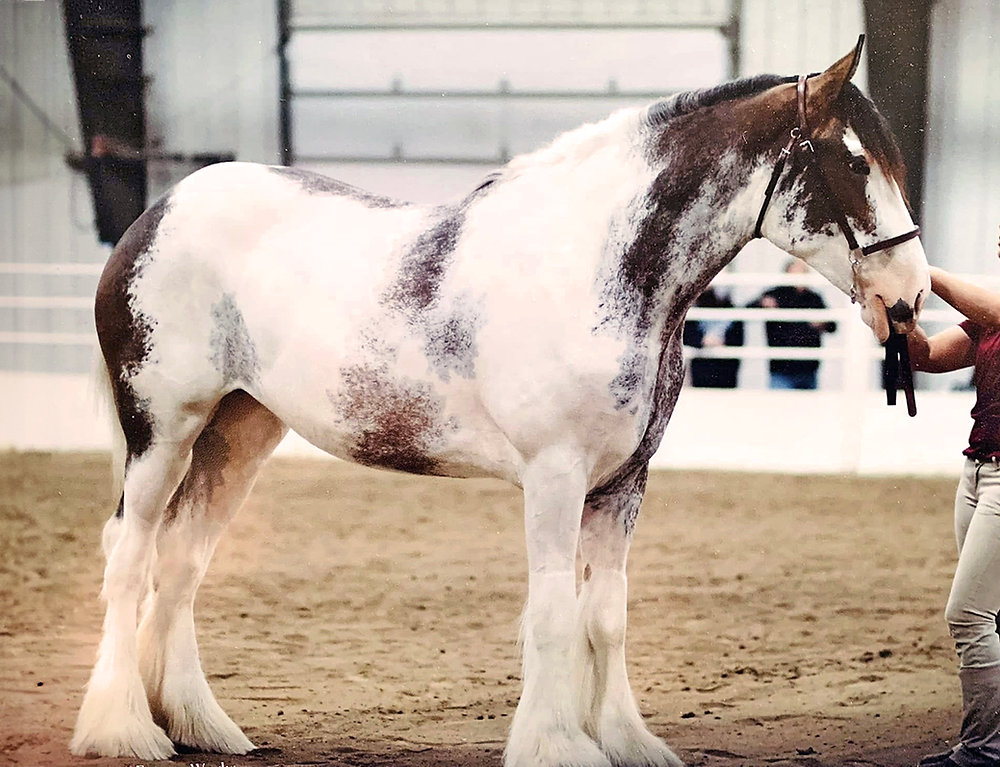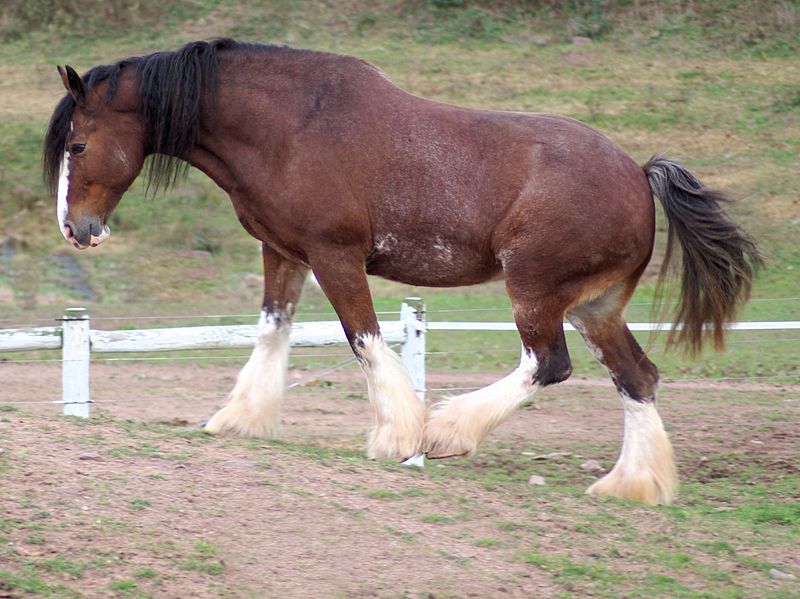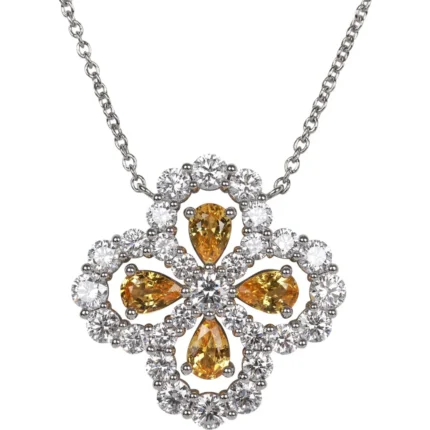Description
The Majestic Clydesdale Horse: A Testament to Strength and Grace
When one thinks of the iconic Clydesdale horse, images of grandeur, strength, and historical significance often come to mind. Known for their impressive stature and striking appearance, Clydesdales have captured the hearts of horse enthusiasts and casual observers alike. Originating from Scotland, these draft horses have a rich history that reflects both their utility in agriculture and their modern-day role as symbols of tradition and celebration.
Origins and History
The Clydesdale horse traces its roots to the Clyde Valley in Scotland, where they were initially bred in the 18th century. Developed from a mix of local horses and larger breeds, such as the Flemish and Shire horses, Clydesdales were designed for heavy farm work. Their robust build and strong legs made them ideal for plowing fields, pulling carts, and transporting goods.
By the 19th century, Clydesdales gained international recognition, particularly after they were exhibited at agricultural shows in both Britain and America. Their popularity soared, leading to their exportation to various parts of the world. Today, Clydesdales are celebrated not only for their practical uses but also for their striking aesthetics.
Physical Characteristics
Clydesdales are known for their remarkable size and beauty. Standing between 16 to 18 hands high (approximately 64 to 72 inches), these horses exhibit a well-muscled frame and a powerful build. Their thick necks, broad chests, and strong legs reflect their draft horse lineage.
One of the most defining features of the Clydesdale is its coat. They typically have a bay color, but variations can include chestnut and black. The white markings on their faces and legs, coupled with their long, flowing feathering on the lower legs, contribute to their majestic appearance. This unique coloration and feathering have made them popular in parades, ceremonies, and as living symbols of heritage.
Temperament and Training
Clydesdales are known for their gentle and docile temperament, which makes them suitable for a variety of tasks. Despite their size, they are often described as friendly, intelligent, and eager to please. This makes them excellent companions for riders and handlers, even those who may be inexperienced.
Training a Clydesdale requires patience and consistency. Their intelligence allows them to learn quickly, but their size means that handling must be done with care to ensure safety for both the horse and the handler. Many Clydesdales excel in various equestrian disciplines, including driving, dressage, and even jumping, showcasing their versatility beyond farm work.
Modern-Day Roles
While the Clydesdale was historically used primarily for agricultural purposes, their role has evolved significantly in contemporary society. Today, these horses are often seen in parades, exhibitions, and promotional events, most famously as the beloved mascots of Anheuser-Busch. The Budweiser Clydesdales have become a cultural icon, representing not only the brand but also the spirit of Americana.
Moreover, Clydesdales are increasingly being used in therapeutic riding programs, helping individuals with disabilities to connect with these gentle giants. Their calm demeanor and sturdy build provide a unique opportunity for individuals to experience the benefits of equine-assisted therapy.
Conclusion
The Clydesdale horse stands as a powerful symbol of strength, grace, and heritage. With their majestic appearance, gentle nature, and rich history, these horses have earned a cherished place in the hearts of many. Whether working on a farm, participating in a parade, or serving as therapy animals, Clydesdales continue to inspire awe and admiration. Their story is one of resilience and transformation, reminding us of the deep connection between humans and these magnificent creatures. As we look to the future, the legacy of the Clydesdale horse will undoubtedly endure, a testament to the beauty and power of this remarkable breed.
















